Articles Tissue Healing
Your body has an amazing ability to repair and regenerate itself after physical injury. The healing process can be divided into 4 overlapping stages:
Acute Phase (0 -7 days)
This stage is short and designed to minimise further tissue damage. Inflammation causes swelling, skin redness, heat and pain. This is your body’s way of saying “Hey, I’m injured stop doing what you are doing!”
While inflammation is essential to kick start the healing process, problems can arise if this stage is prolonged. Your initial priority is to minimise the extent of the damage by adopting the RICE principles:
REST from the aggravating activity
ICE the affected area to reduce swelling
COMPRESS the affected area to reduce swelling
ELEVATE the affected area (above the heart if possible) to reduce swelling
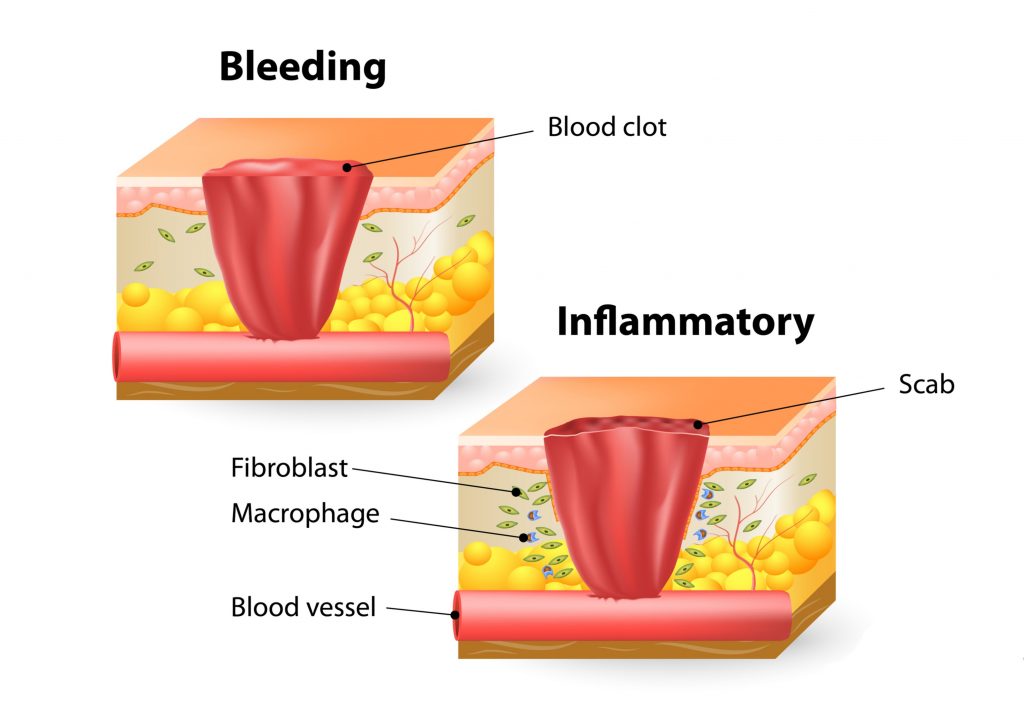
Subacute Phase (3 days – 6 weeks)
Once the inflammation starts to settle, your body begins to repair the damaged site by laying down immature scar tissue. Initially, the scar is not overly strong but will gradually strengthen over time much like fresh glue when repairing a broken piece of wood. At this stage it is important to begin gentle movement exercises with the goal of achieving full pain free range of motion.
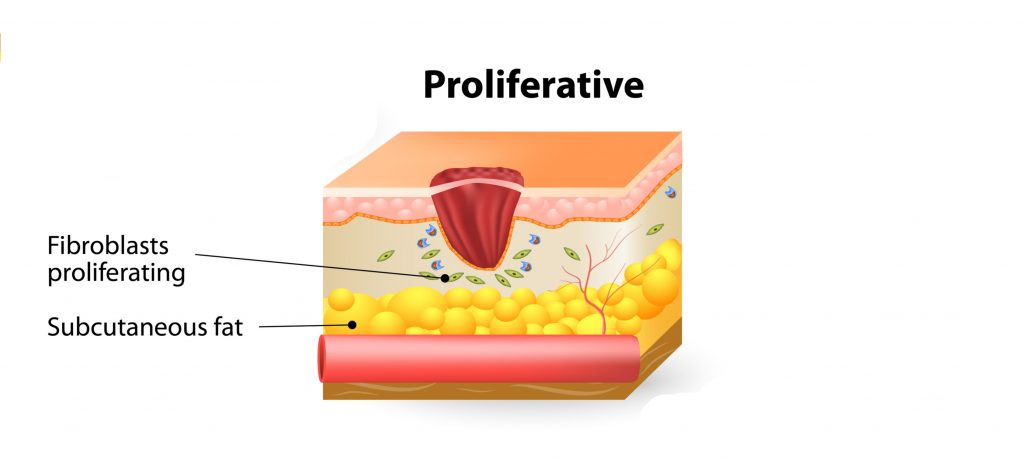
Remodelling Phase (4 weeks – 3 months)
Healthy tissue fibres are normally aligned to give them strength in a specific direction. In comparison, scar tissue fibres are very disorganised and lack directional strength. By gradually stressing the scar tissue the collagen fibres will remodel and realign themselves. Unfortunately, a scar will never regain the full strength of the original tissue. This means you can SLOWLY and GRADUALLY start to stretch and strengthen the injured area but be careful not to re-tear the healing tissue otherwise we are back to square one!
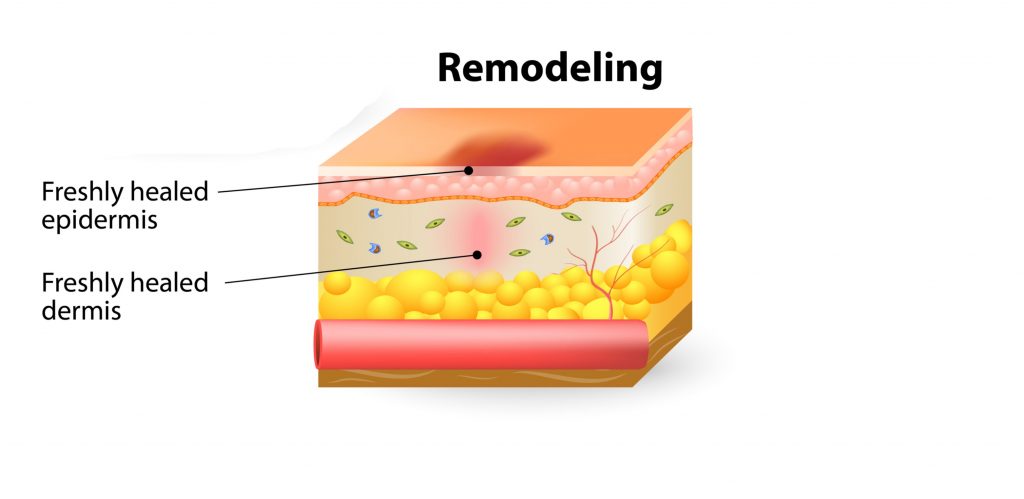
Chronic Phase (2 months -24 months)
Remodelling of the scar can occur for up to 24 months depending on how much stress is put on the injured tissue. At this stage the scar tissue will have matured and it should be safe to GRADUALLY start to return to functional tasks and sport specific activity.
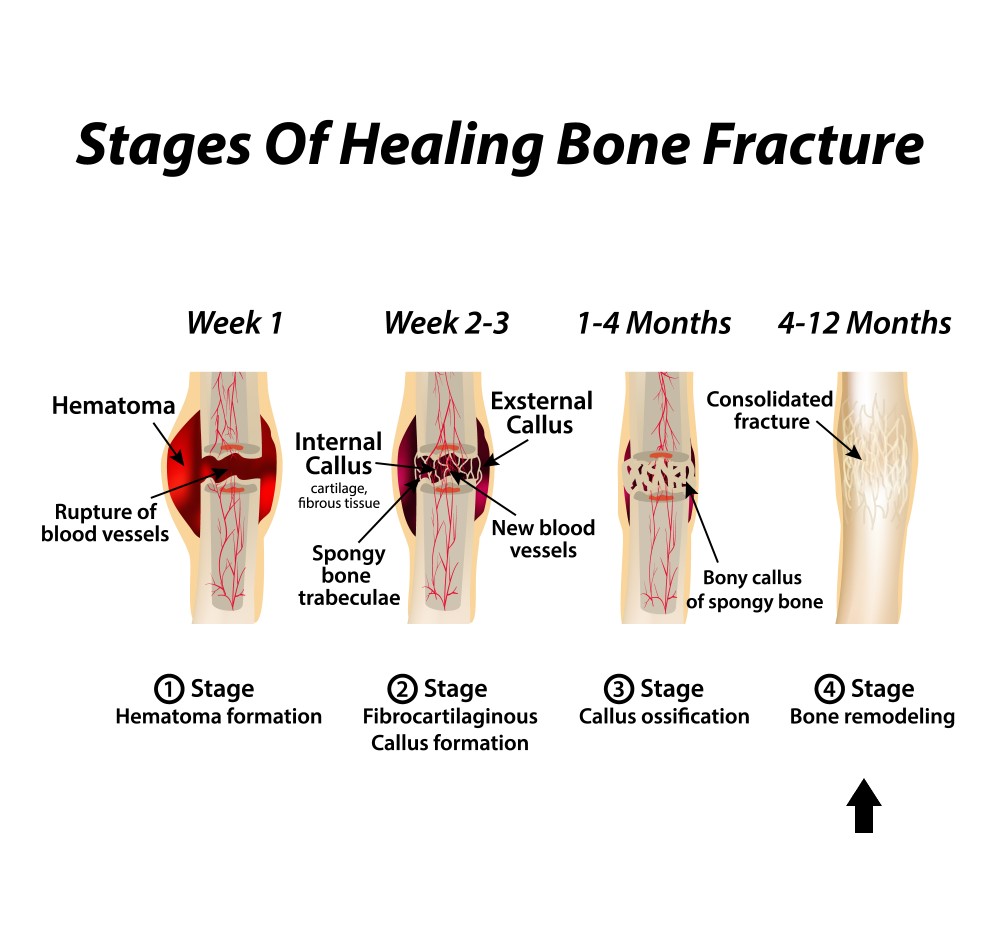
Slow Recovery
Factors that can affect the rate of recovery include:
- The extent and location of the injury
- The type of tissue injured ie. tendon, bone, ligament, nerve
- Age
- Health Status eg. cardiovascular disease, diabetes, vascular diseases
- Lifestyle factors eg. smoking, alcohol consumption, poor nutrition
- Insufficient rehabilitation
- Re-injury
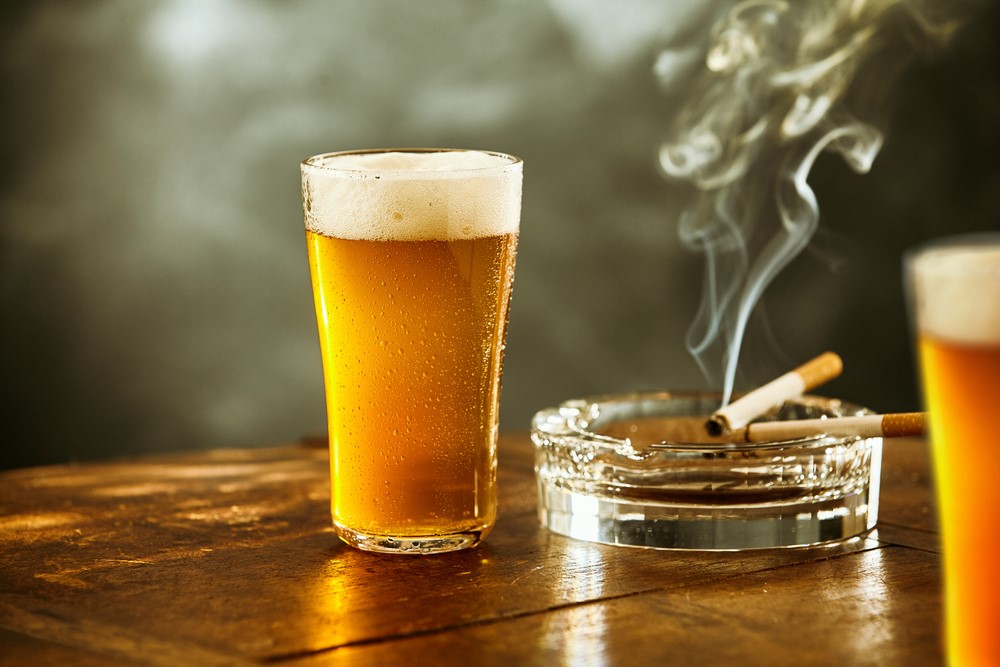
Please keep in mind the information provided is a general guide and should not be used a substitute for. If you have any specific questions or require assistance with your individual treatment requirements please do not hesitate to contact MyFamily Physio Mona Vale, Northern Beaches Sydney.